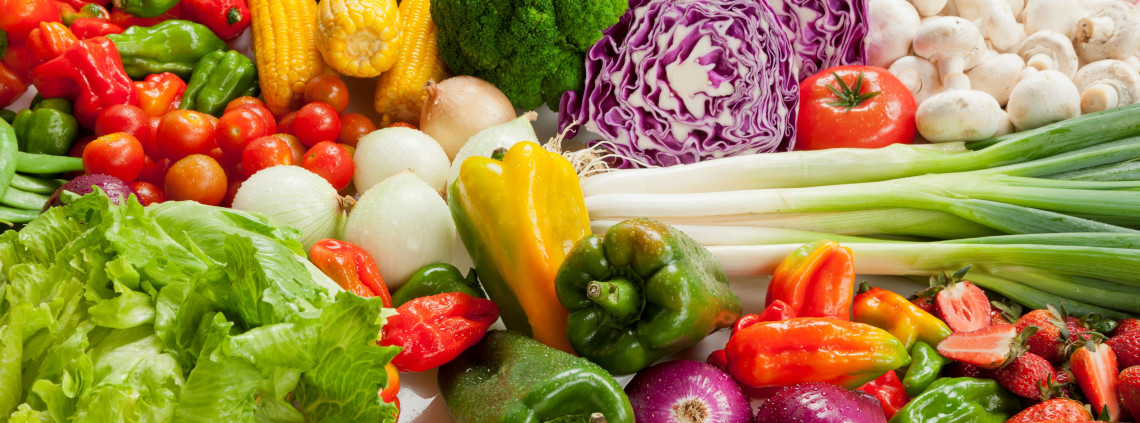
Vegetables provide nutrients vital for health and maintenance of your body, including:
- Potassium, which may help to maintain healthy blood pressure.
- Dietary fiber, as part of an overall healthy diet, helps reduce blood cholesterol levels and may lower risk of heart disease. Fiber is important for proper bowel function. It helps reduce constipation and diverticulosis. Fiber-containing foods such as vegetables help provide a feeling of fullness with fewer calories.
- Folate (folic acid) helps the body form red blood cells.
- Vitamin A keeps eyes and skin healthy and helps to protect against infections.
- Vitamin C helps heal cuts and wounds and keeps teeth and gums healthy, and aids in iron absorption.
How many vegetables should you eat?
The amount of vegetables you need to eat depends on your age, sex, and level of physical activity. For most adults, 2 to 3 cups of vegetables per day is recommended. For children, the recommendations range from 1 to 3 cups per day.
Any vegetable or 100% vegetable juice counts as a member of the vegetable group. Vegetables may be raw or cooked; fresh, frozen, canned, or dried/dehydrated; and may be whole, cut-up, or mashed.
Based on their nutrient content, vegetables are organized into 5 subgroups: dark-green vegetables, starchy vegetables, red and orange vegetables, beans and peas, and other vegetables. Try to eat vegetables from each subgroup over the course of a week.
Tips for eating vegetables
- Buy fresh vegetables in season. They cost less and are likely to be at their peak flavor.
- Stock up on frozen vegetables for quick and easy cooking in the microwave.
- Vary your veggie choices to keep meals interesting and get a variety of nutrients.
- Select vegetables with more potassium often, such as sweet potatoes, white potatoes, white beans, tomato products (paste, sauce, and juice), beet greens, soybeans, lima beans, spinach, lentils, and kidney beans.
- Sauces or seasonings can add calories, saturated fat, and sodium to vegetables. Use the "Nutrition Facts" label to compare the calories and % daily value for saturated fat and sodium in plain and seasoned vegetables.
- Buy canned vegetables labeled "reduced sodium," "low sodium" or "no salt added." If you want to add a little salt, it will likely be less than the amount in the regular canned product.